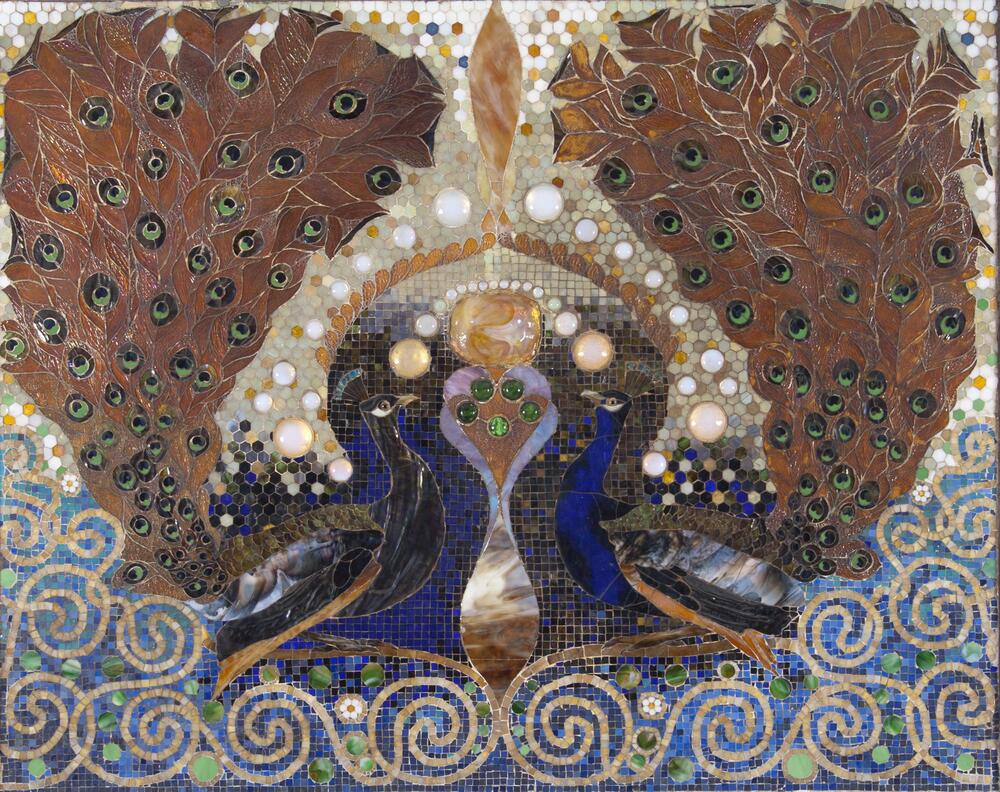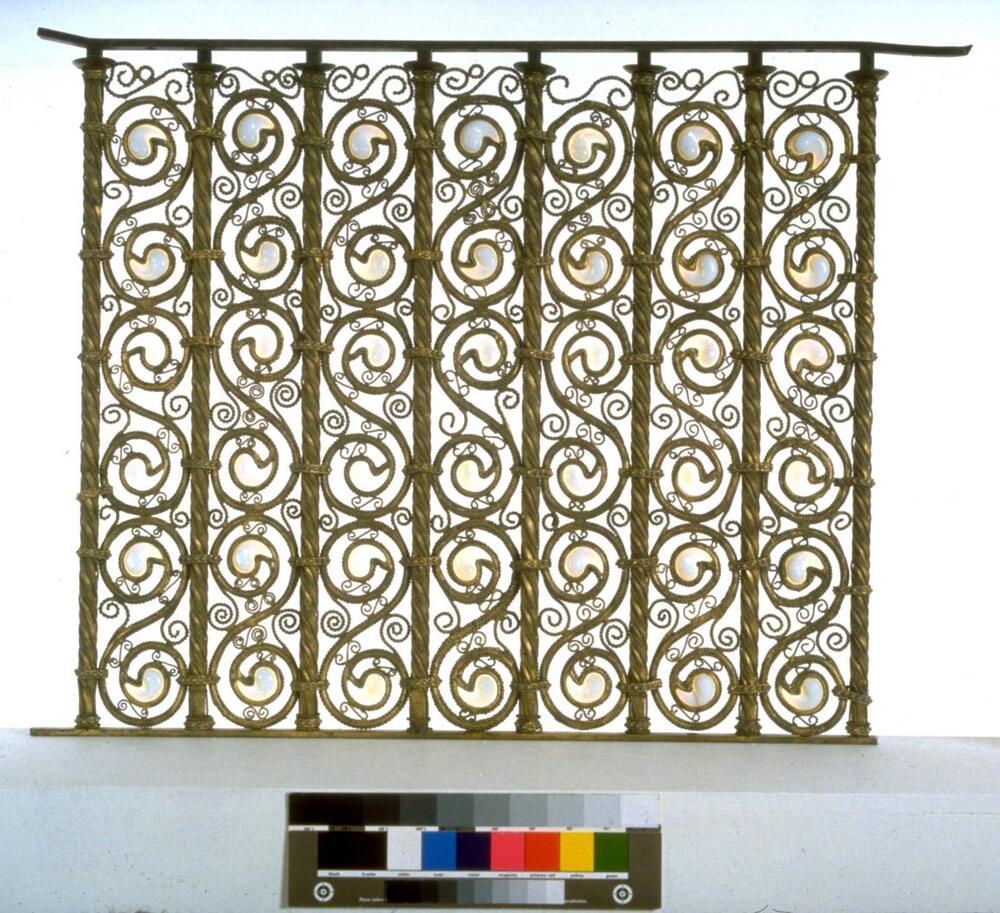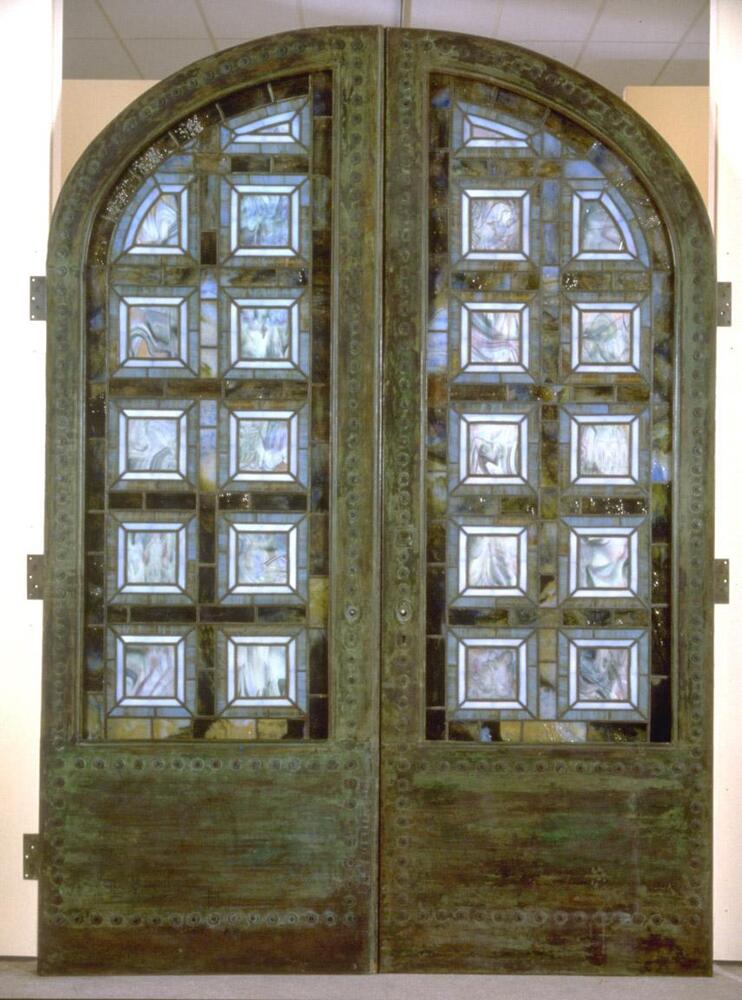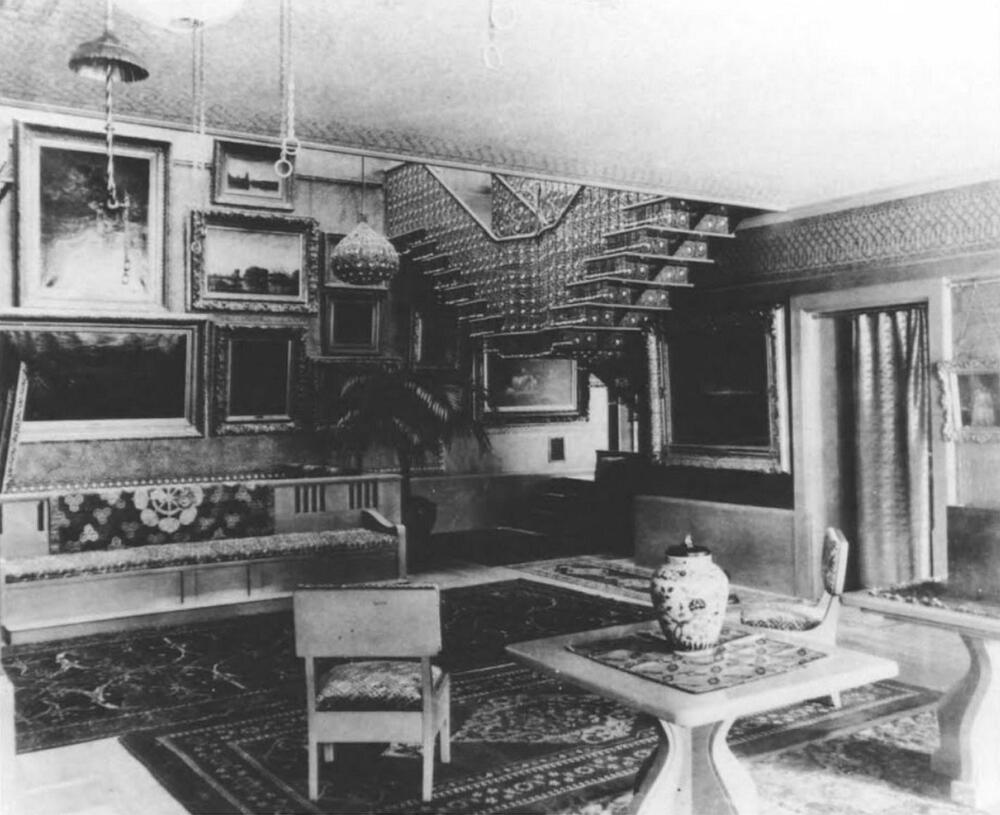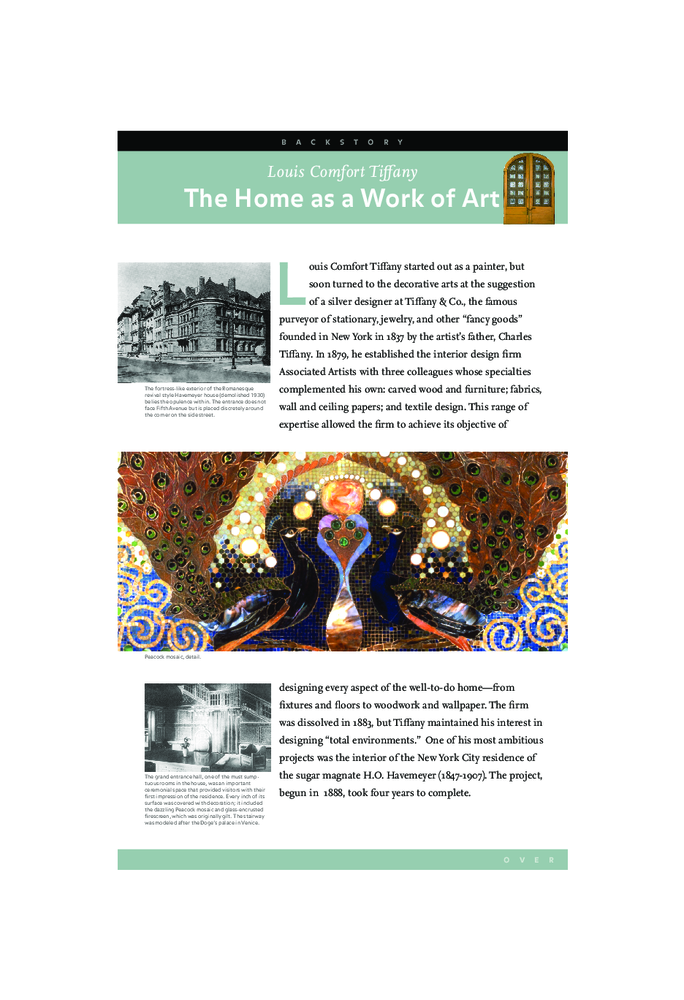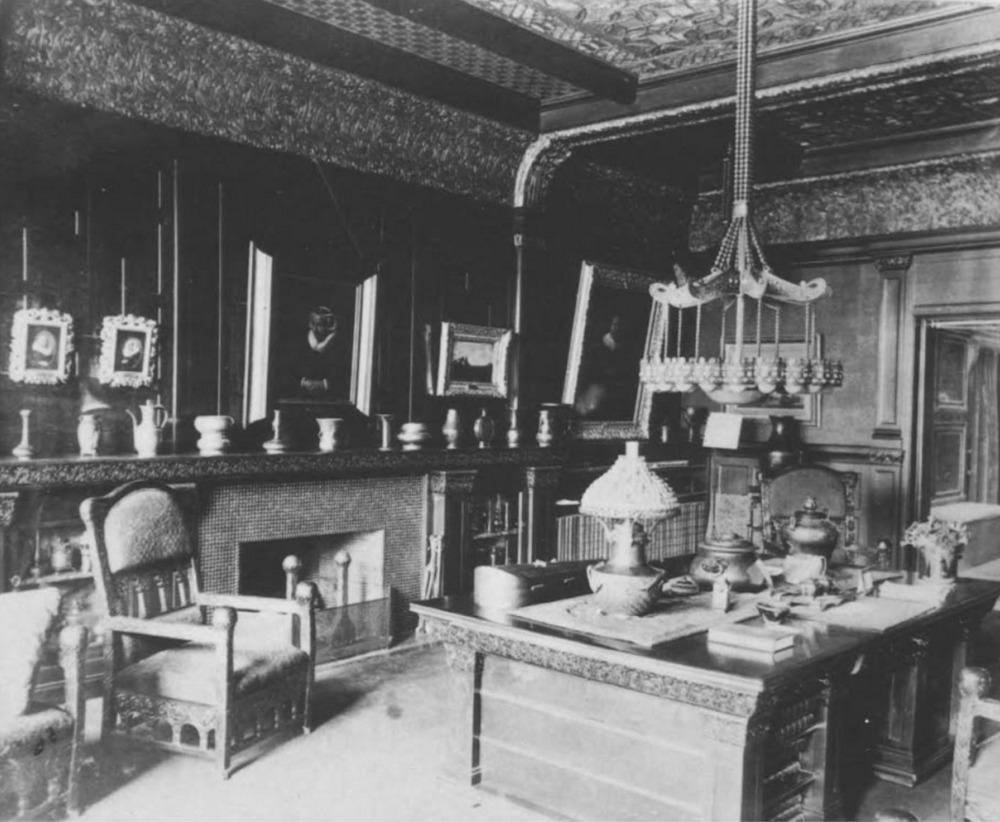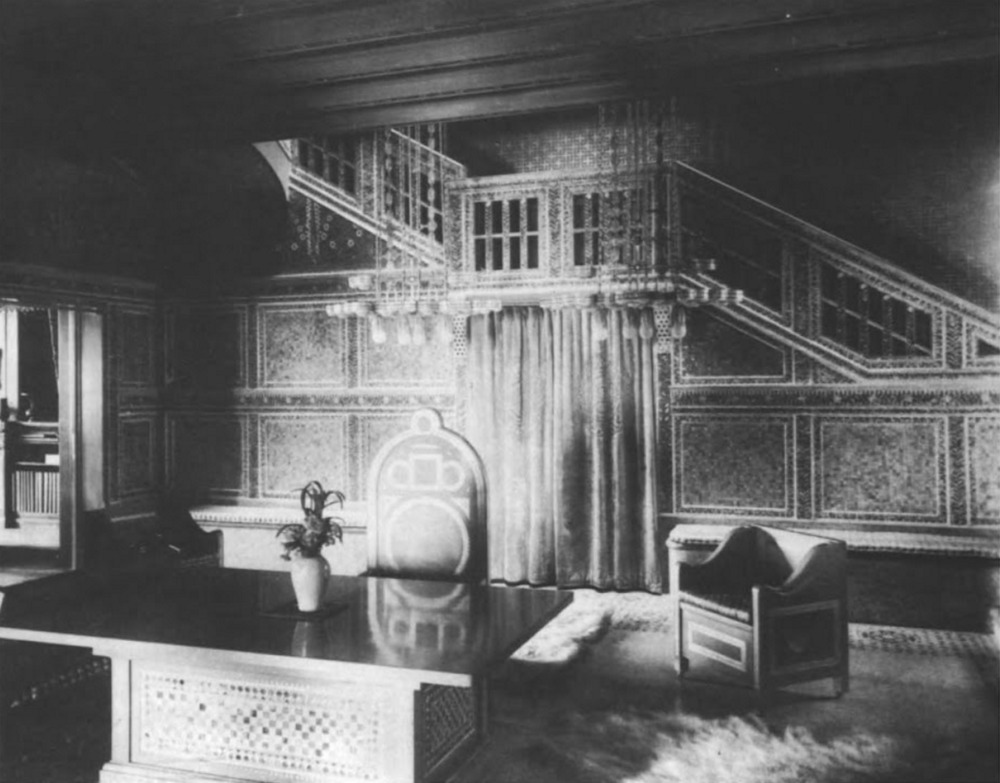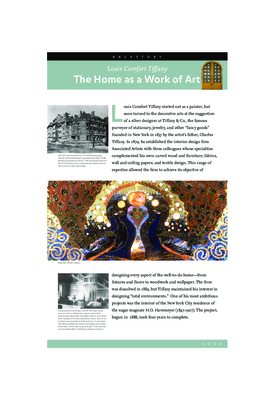Backstory: Louis Comfort Tiffany
The Home as a Work of Art
Louis Comfort Tiffany started out as a painter, but
soon turned to the decorative arts at the suggestion
of a silver designer at Tiffany & Co., the famous
purveyor of stationary, jewelry, and other “fancy goods”
founded in New York in 1837 by the artist’s father, Charles
Tiffany. In 1879, he established the interior design firm
Associated Artists with three colleagues whose specialties
complemented his own: carved wood and furniture; fabrics,
wall and ceiling papers; and textile design. This range of
expertise allowed the firm to achieve its objective of designing every aspect of the well-to-do home—from
fixtures and floors to woodwork and wallpaper. The firm
was dissolved in 1883, but Tiffany maintained his interest in
designing “total environments.” One of his most ambitious
projects was the interior of the New York City residence of
the sugar magnate H.O. Havemeyer (1847-1907). The project,
begun in 1888, took four years to complete.
Developed with support from the Institute of Museum and LibraryServices, the Getty Foundation, and other generous donors.
Part of 6 Learning Collections
<p>Exhibition: August 21, 2010 - November 28th, 201...
<p>Exhibition: October 10, 2009 - January 3, 2010</...
Created For
K-12 EducatorK-12 Student
Museum Visitor
UMMA Docent
UMMA Staff
University Faculty
University Student
Rate this Resource
AVG: 0 | Ratings: 0
& Author Notes
All Rights Reserved (All photographs of the interior of the Havemeyer house from A. Freyinghuysen, et al., Splendid Legacy. The Havemeyer Collection (New York: The Metropolitan Museum of Art, 1993).)Last Updated
February 24, 2023 10:28 a.m.Report
Reporting Policy
